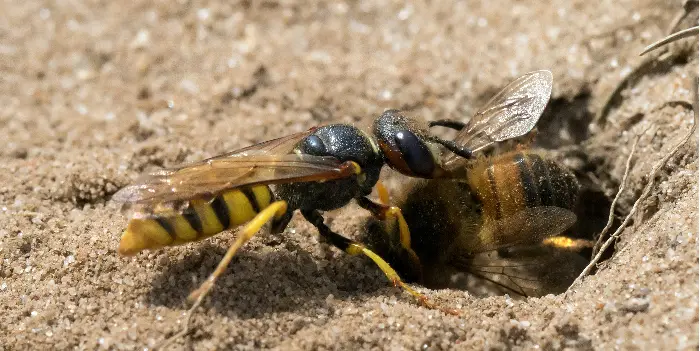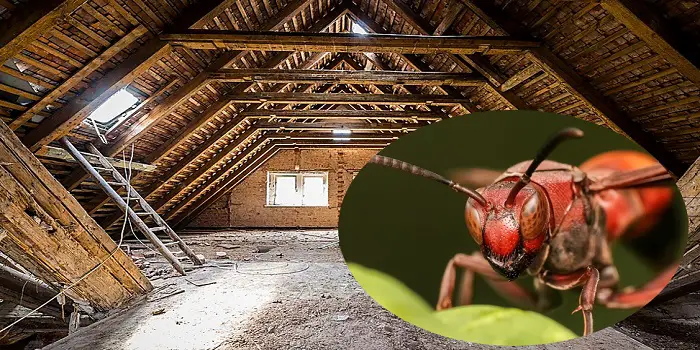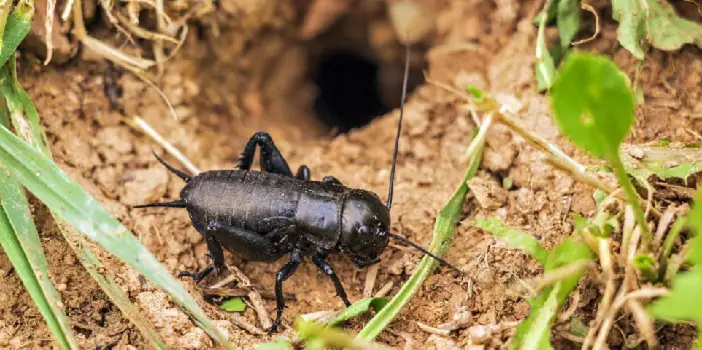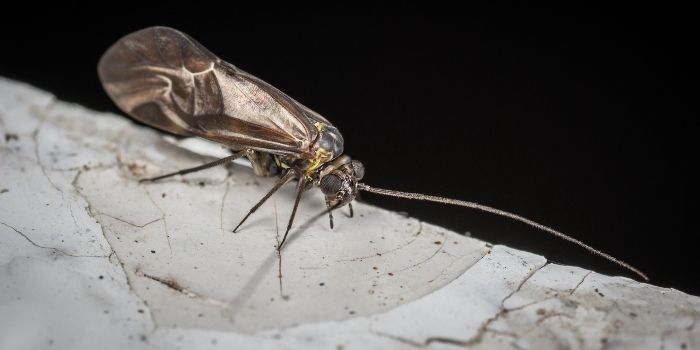
Booklice (also known as Psocids, barklice, or bark flies) is a common nuisance throughout the USA and are especially prominent in places with a lot of humidity.
There are about 30 species from the booklice family. Despite their name, booklice are not only found in books. Also, they are not lice.
Those who live in the south are more likely to see them in their houses, especially in bathrooms or other locations that retain moisture.
Booklice can sometimes be seen around food packages, indicating that the food is no longer good and needs to be thrown out.
How to Identify Psocids?
Booklice are extremely small insects that typically measure no longer than 1/16th of an inch (1-2mm).
They are gray, white, brown, or pale-colored and have six pairs of legs.
Their front legs are thinner than their back legs, and they are unable to use them to jump.
Instead of jumping, they do well at hiding and running. There are no wings on their soft exoskeletons.
Their lifecycle
Booklice are all female, and they have three stages of life: egg, nymph, and adult.
Nymphs take the appearance of miniature versions of the adults and are capable of quickly maturing.
Many booklice turn into adults in as little as a month, with each adult female capable of producing 60 to 100 eggs in the summer, making them quick-reproducing insects that need to be dealt with.
You will be surprised to know that up to eight generations of booklice can be produced in a single year, depending on various conditions and external factors.
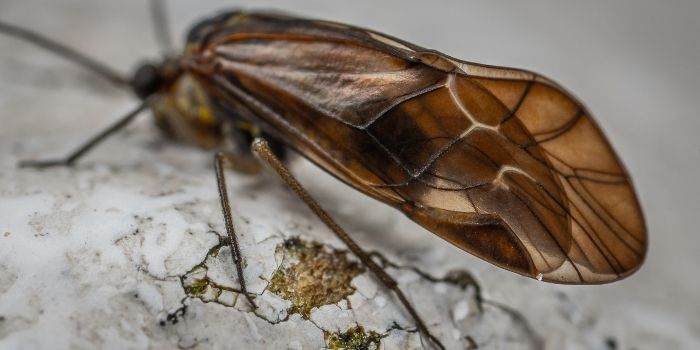
Why is Booklice Harmful?
Though they share a name with lice, they are not parasitic and aren’t a threat to humans.
However, their eating habits can make them quite destructive.
Booklice eat slowly over time but can cause eventual damage to books, crops, wallpaper, and plaster.
This makes them a common nuisance in courthouses and libraries with old books and records.
Booklice aren’t disease spreaders and aren’t known to make humans ill. Even so, you shouldn’t ingest anything you find booklice in.
For this reason, any crops you notice that have been infested with booklice have developed mold and therefore need to be discarded.
How Can You Get Rid of Booklice?
Fortunately, there are a few things you can do to be rid of booklice and treat an infestation before it becomes too severe:
1- Vacuum more often
Vacuuming the floors can get rid of dead booklice while also cleaning out any previously infected areas using a traditional household cleaner to remove the bacteria.
2- Discard infested items as soon as possible
Throw away any infested disposable items and put the rest inside a plastic bag for up to two days in a freezer.
When enough time has passed, vacuum the items to remove the bugs once and for all.
3- Reduce any moisture in the house through the use of a dehumidifier
Booklice tend to thrive in areas with high humidity (generally 60% or higher).
Making the areas dryer ruins the kind of environment that booklice need to thrive in.
This can also help reduce mildew and mold in the house.
Especially if you have a dark storeroom, study, home office, or a library where you keep a lot of books or magazines, ensure that the humidity levels are as low as possible.
4- Use vinegar, bleach, or a similar chemical to get rid of the mildew and mold growing in the space
If you don’t want to use such chemicals on your own, you can get in touch with a specialist who will handle this for you.
5- Get rid of any standing water and improve the ventilation
You can do this by opening windows and cleaning up any puddles. A dehumidifier in a humid environment could help suck out the moisture as well.
Above all, you can prevent future infestations of booklice by consistently dehumidifying the home.
Keeping the environment dry will also limit mold growth and keep the place hygienic.
Other Related Questions:
What do booklice eat?
Booklice enjoy eating fungi and mold, and they earned their name because they have been found snacking on pages in moldy books.
They also eat dead animals and plant material, including dead insects.
You’ll commonly find them in refurbished or freshly constructed buildings as the plaster is still wet and, therefore, a good environment for mold growth.
You can also find booklice in moldy food. Because you can’t usually detect the first few mold spores, the bugs tend to only get noticed after they have started eating the food.
Do book-lice bite people?
No, unlike true lice that feed on peoples’ blood, booklice neither bite humans nor have any such desire.
Also, since they do not contain any poison or venom, even if they were able to bite, their bite isn’t any danger.
If you think booklice have bitten you, they are most likely the bedbugs that may be causing the pain.
Booklice are also not harmful to humans because they don’t spread any disease or do any direct structural damage to your property.
They only contaminate food and infest the damp, moist places like kitchen cupboards, cabinets, bathroom walls, plasters, etc.
How do you know if you have booklice?
Although there are not many telltale signs of a booklice infestation, there are a couple of them that can help you know their presence in your home.
These include:
- Sticky eggs around their food sources
- Your foodstuffs (like flour, cereals, and dried meats) spoil quickly
- Their erratic, darting movement – most likely, you will notice a group moving in an unpredictable manner
The Conclusion
Booklice (Scientific name Psocoptera) do infest not only the books but also many other items that are prone to high humidity.
However, once your books have become infected with booklice, there isn’t much to be done.
You could attempt to dehumidify them, but it isn’t easy, even with the help of a specialist.
As stated, once you notice booklice infestations, it is best just to throw out the items as the booklice colonies can quickly reform in the same places.
Share the post "Where do Psocids (Booklice) Live – How to Get Rid of Them?"

Welcome to ProShieldPest.com. I am Tina Jones. I have been working as a pest removal professional in Winslow, Arizona lately. At present, I love to spend my time with my family as a retiree.
Here I share all my knowledge and experiences to help people understand better how they can stop pests at their homes without actually killing them. Hopefully, the information you will find here will help in safeguarding your home! You can check more about me here.


